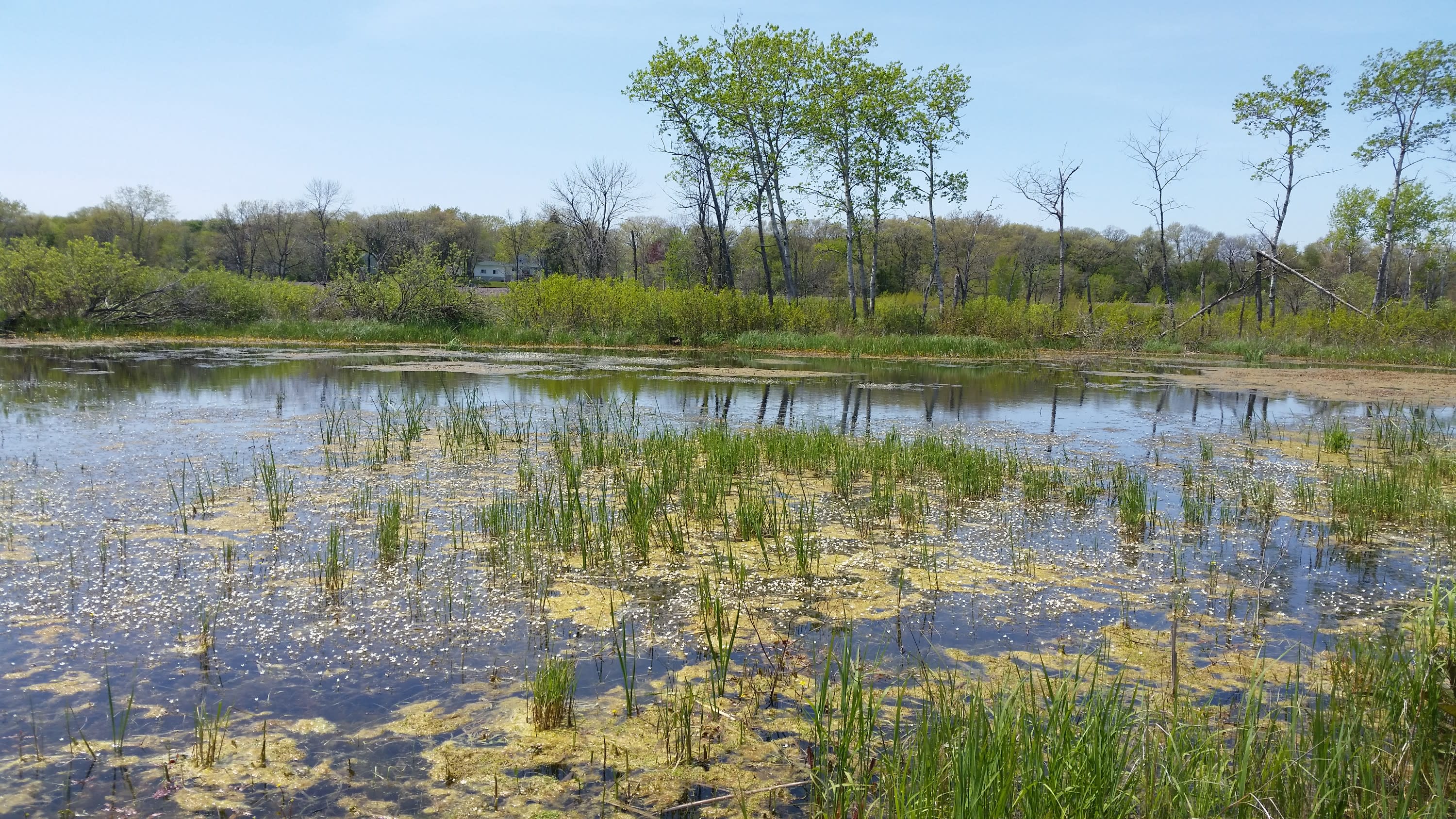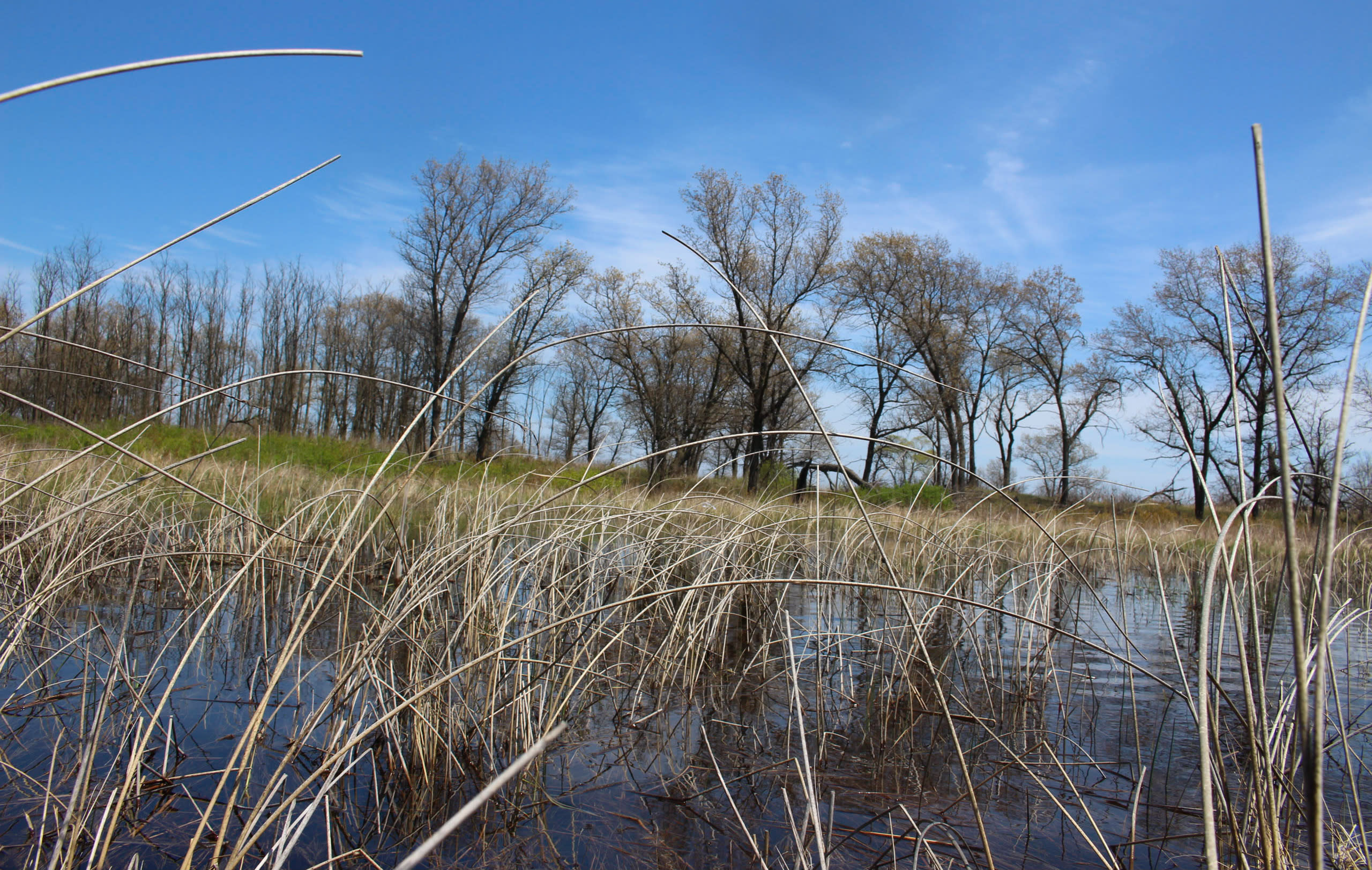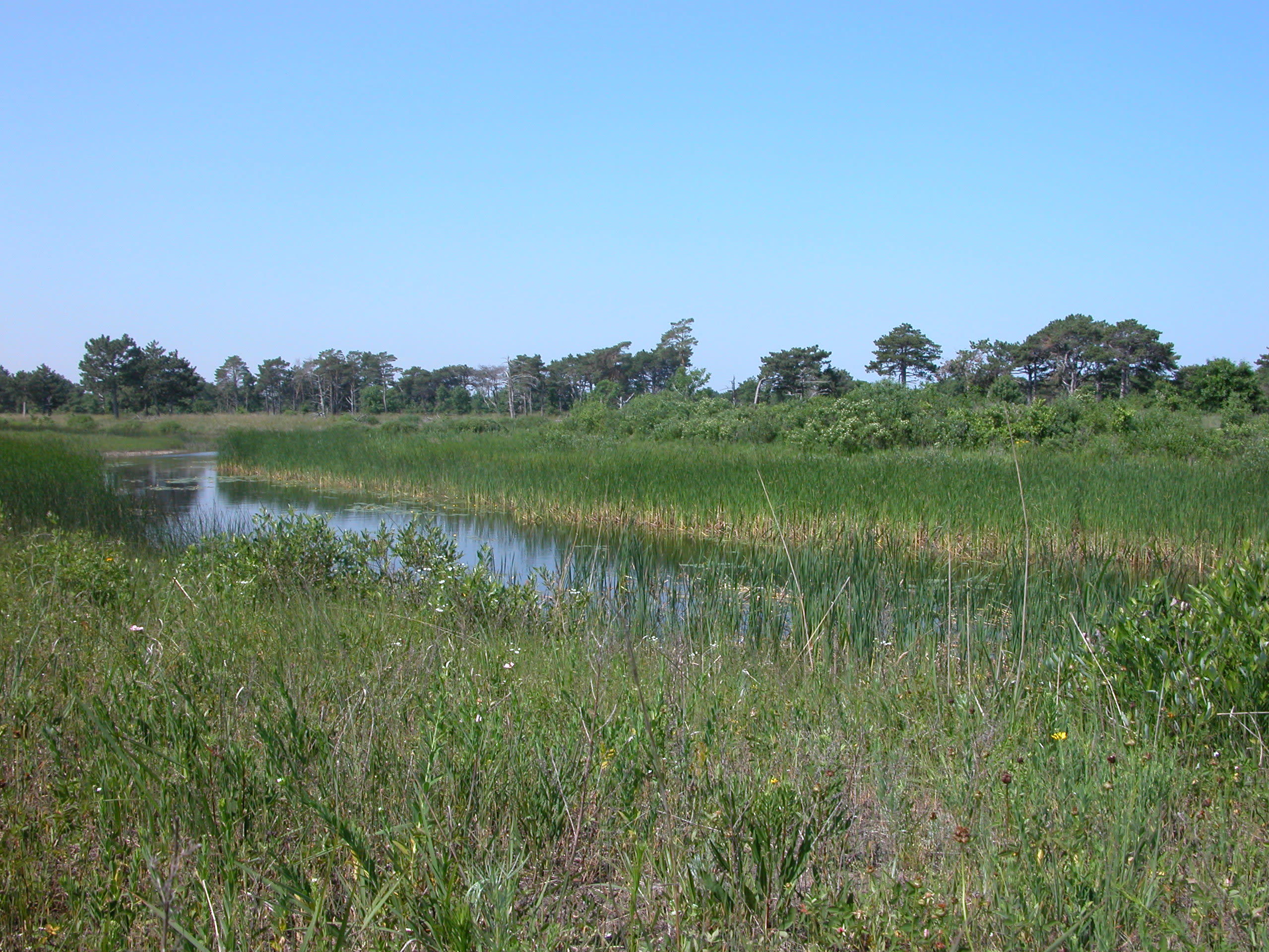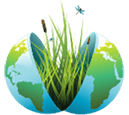
Chiwaukee Prairie Illinois Beach Lake Plain
About
GENERAL INFORMATION
Criteria:
- Currently a Ramsar Site
- Listed on more than one “valuable wetland” list by natural resource agencies or nongovernment organizations.
- Protects biological diverse wetland flora, fauna and/or their habitat
- Supports significant numbers of wetland-dependent fauna, such as water birds or fish
- Rare or unique wetland type within its own biogeographical region. (Meeting this criteria would include, but is not limited to, wetlands with unique hydrology or chemistry that make it rare within its own region)
The Chiwaukee Illinois Beach Lake Plain (hereafter referred to as the “Lake Plain”), contains the highest quality coastal dune and swale ecosystem in southeast Wisconsin and northeast Illinois, supporting six globally rare and representative fen, sedge meadow, freshwater marsh and seep community types associated with the southwest Great Lakes Morainal sub eco-region. The unique geology and hydrology of this ecosystem is driven by historic glaciation, wind and wave action, Lake Michigan water levels, ground water inflows, and in the more recent past, surface water inflows. Because of the shallow topography among dune and swale communities within the complex, wetland community boundaries can easily expand, contract and shift significantly over time. In addition, many wildlife species including wetland dependent reptiles and birds rely on these uplands to complete their life cycle or for regular foraging. Therefore where dune and swale topography is present, narrow bands of upland savanna and prairie are not excluded from the designation area.
The publicly and privately protected ecosystem connects 14 different community types, seven are wetland communities. The Lake Plain wetlands and associated upland prairie and savanna complex provides habitat for over 930 native plant species and 300 animal species, including 63 state-protected species. Two (2) federally protected wetland-dependent species are found within the Lake Plain, including the only highly viable population of Platanthera leucophaea [eastern prairie fringed orchid] in the region, and Charadrius melodus [piping plover]). The Lake Plain serves as important breeding habitat for many wetland-dependent bird species and provides critical stop-over habitat for at least 310 migratory bird species. A portion of the Lake Plain is designated an Important Bird Conservation Area (825 hectares) by the National Audubon Society and 5.1 square kilometers is designated as critical habitat area for the federally endangered piping plover. Due to the ecological, geological and biological significance of the area, the Lake Plain has been recognized with the dedication of two National Natural Landmarks. It is also recognized as a Conservation Opportunity Area by State Wildlife Action Plans (both Illinois and Wisconsin) and nearly 60% of the area is dedicated as Nature Preserve (861hectares, 48% of the total proposed area), State Natural Area (165 hectares, 9%), or State Scientific Area (34 hectares, 2%). Locally the area is recognized as a Conservation Focus Area by over 300 regional organizations, associations, and experts who make up the Chicago Wilderness consortium.
In addition to the biodiversity supported by this area, the Lake Plain provides critical ecosystem services, including protection of Lake Michigan water quality; Lake Michigan is used by more than 8.5 million people as a primary source for drinking water in northeast Illinois alone. Five major tributaries and several minor tributaries flow into and through the Lake Plain prior to reaching Lake Michigan, the largest include: Barnes Creek, Dead Dog Creek, Kellogg Creek, Bull Creek and the Glen Flora Tributary. Over thousands of years, these tributaries cut through the glacial material to create unique coastal ravine communities that support many regionally rare northern relic plant species that are associated with seepage of groundwater along steep, clay loam slopes.
The southern basin of Lake Michigan is the most urbanized area in the Great Lakes system. Positioned between two major metropolitan areas (Chicago to the south and Milwaukee to the north) and directly adjacent to numerous smaller municipalities, the Lake Plain provides significant tourism opportunities for local communities, supporting over 2 million visitors a year, engaging community members in volunteer conservation stewardship, and providing high quality examples of coastal wetland communities for education and scientific research.
Exemplary Ecosystem Services:
Maintains ecological connectivity/cohesion
Aesthetic/cultural heritage value/ provisioning
Recreation (birdwatching, ecotourism)
Flood storage/mitigation
Carbon storage
Water quality improvement
Education
CONSERVATION STATUS AND THREATS
Conservation status: RAMSAR Designation
Adjacent Land Use: Residential - medium density
Approximate natural buffer width:
> 100 ft
ECOLOGY
General wetland characterization:
Inland Fresh Seasonally Flooded Basin/Flat
Inland Fresh Meadow
Inland Shallow Fresh Marsh
Inland Deep Fresh Marsh
Inland Open Fresh Water
Inland Fresh Shrub Swamp
Adjacent Water Bod(ies):
Lake
Name of body of water: Lake Michigan
Surficial Geology:
Geology and Geomorphology - The Lake Plain is located within the Wheaton Morainal Country subdivision of the physiographic division called the Great Lakes Section of the Central Lowland Province. The bedrock of the Lake Plain is dominated by sedimentary bedrock (dolomite). The sedimentary bedrock is alkaline (calcareous), forming soils that are nutrient- and moisture-rich loams and clays. Bedrock is overlain by glacial sediment and landforms created during the last glaciation (Wisconsin Episode, ~ 17,000 years ago), including several moraines, that, in combination with recent (within the last 4000 years) long-shore transport processes (waves, near shore currents), create the prevalent physiographic features of the coastal dune and swale system. The Lake Plain is composed of a set of beach ridges and dunes with intervening swales that formed by fluctuating lake levels after the final retreat of glacial ice from the Lake Michigan basin during and after the last glacial episode (Chrzastowski 2000). The beach ridges consist of sand and gravel that were built up by wave action. Dune sand caps many of the beach ridges. The swales are the intervening low-lying spaces where wetlands often form and are commonly underlain by organic matter. The western most portion of the Lake Plain is characterized by a bluff and ravine system. The ravines formed from surface water runoff following a path of least resistance to the swales within the downstream lake plain. Over time, the runoff deepened the channels and steep ravines formed. Often the incision of the ravines intersected with the ground water table and water seeped out of the steep ravine banks, creating unique wetland micro sites along otherwise dry ravine slopes. Tree dominated wetlands also formed along the banks and meanders of the tributaries. Surficial sediments of the Lake Plain consist of a broad range of materials that include organic-rich sand, silt and clay in the wetland swales and ravine slopes to well-sorted medium sands in the dunes, localized deposits of concentrated coarse sand pebbles and cobbles along the beach.
FLORA AND FAUNA
Dominant flora: Calamagrostis canadensis, Carex aquatilis, Carex pellita (= Carex lanuginosa), and Spartina pectinata. Andropogon gerardii, Symphyotrichum ericoides (= Aster ericoides), Juncus balticus, Panicum virgatum, Oligoneuron ohioense (= Solidago ohioensis), Sorghastrum nutans, Carex atherodes, Carex buxbaumii, Carex lacustris, Coreopsis tripteris, Eleocharis elliptica, Euthamia caroliniana (= Euthamia remota), Gentiana andrewsii, Hypericum ka are all common components of this community
Unique flora: Forty-four (44) state protected plant species are known to occur in the Lake Plain. All of these species are considered unique and limited in their range, therefore the Lake Plain provides important habitat for the conservation of these species within the region. Platanthera leucophaea, Cakile edentula Populus balsamifera Rhynchospora alba Arctostaphylos uva-ursi Elymus trachycalus Triglochin palustre Eleocharis olivacea Fimbristylis puberula Orobanche
Dominant fauna: Coyote, white-tailed deer, Beaver, muscrat, painted turtles, red winged black birds, waterfowl (various), grassland birds (various), sedge wren, Blue heron, egret, american bittern, Sora rail, sand hill cranes, various invertebrates (numerous)
Rare fauna: Seventeen (17) state protected animal species are known to occur in the Lake Plain. Black-crowned night-heron, Brewer’s blackbird, Henslow’s sparrow, King rail, Least bittern, Pied-billed grebe, Upland sandpiper, Veery Hoary elfin, Leafhopper, Redveined leafhopper, Cisco, Lake whitefish, Longnose sucker, Blanding’s turtle, Kirtland’s watersnak,e Franklin's Ground Squirrel
ADDITIONAL INFORMATION
Eastern Prairie Fringed Orchid Recovery Plan
Guide to the Geology of Illinois Beach State Park & the Zion Beach-Ridge Plain
Ramsar Approval Letter
Recovery Planning & Reintroduction of the Federally Threatened Pitcher's Thistle in Illinois
Images



